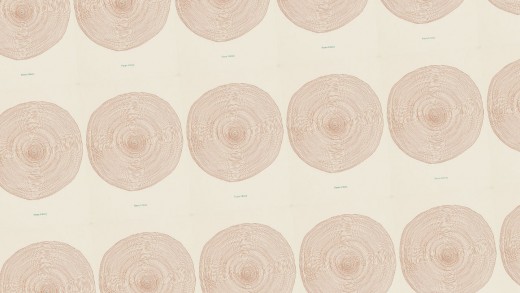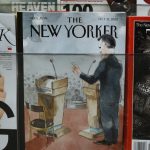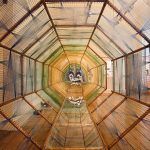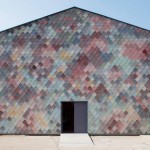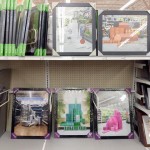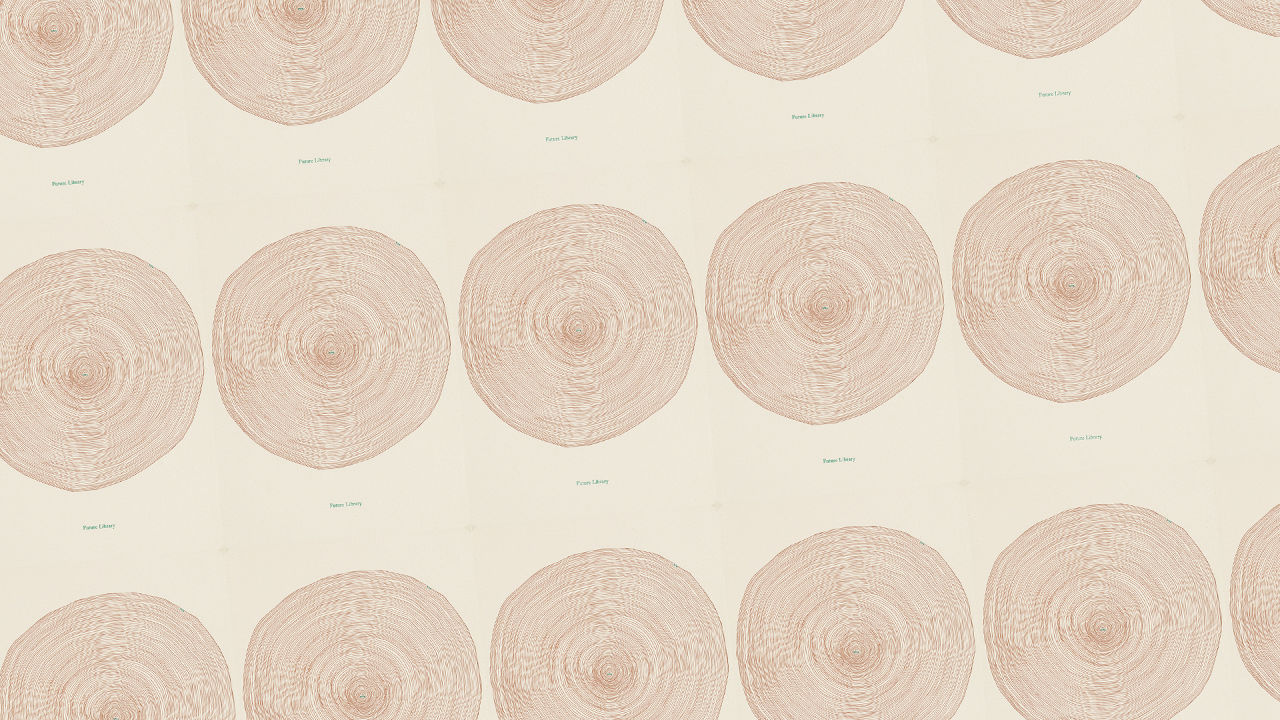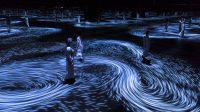Margaret Atwood’s Latest Work Will Set You Back $1,000…And Won’t Be Published Until 2114
It’s art. It’s literature. It’s optimism.
In May, Booker Prize-winning novelist Margaret Atwood delivered a completed manuscript to Oslo, Norway, where—if all goes as planned—it will remain, unread, until 2114.
“What a pleasure for a writer to write something and not be around for the reviews,” Atwood quipped in a video about the piece, of which she has revealed the title to be Scribbler Moon, and little else.
The odd, experimental publishing schedule is part of a project called “Future Library” by the Scottish artist Katie Paterson. The idea is that every year, for the next 100 years, a new author will contribute work to the library. In 2114, all of the works will be published for the first time as an anthology, using paper made from trees recently planted for the purpose in a nearby forest.
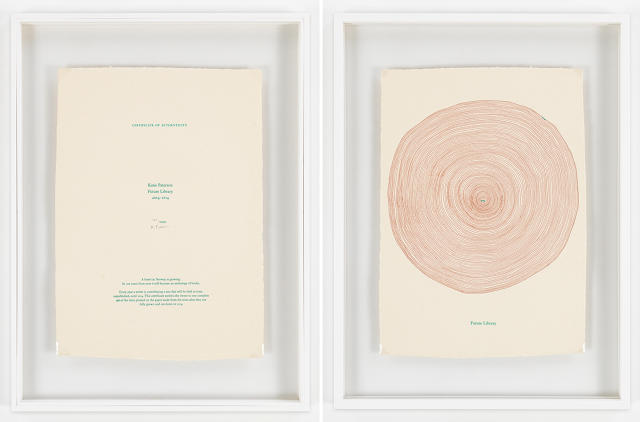
Atwood was the first author to contribute to the project. British novelist David Mitchell will be the second. There will be 98 more after him.
The concept of Future Gallery has inspired worldwide fascination with the project: Attempting it requires trust that other generations will carry it to completion, optimism that people will still be reading, and a degree of comfort with the unknown.
What has gotten less attention is Future Library’s physical incarnation at art galleries. Though a conceptual piece of art, Future Library is also for sale at the James Cohan Gallery in New York City, the Ingleby Gallery in Edinburgh, and the Parafin Gallery in London.
So how can galleries sell an anthology that won’t become a physical object for almost one hundred years? The artistic thrust of which is its current unavailability?
Basically, the “for sale” version hanging on art gallery walls is a ticket. Presented on two 11″x16″ pieces of paper, one bearing the project’s tree-segment logo, and the other with signed and numbered credentials, it entitles its owner to one copy of the anthology to be printed 100 years from now. At the James Cohan Gallery, the price for each edition is $1,000, plus $270 for the frame. About 100 have sold in the gallery.
In a way, purchasing a hangable incarnation of Future Library involves the same trust and optimism as its conceptual framework. Future Library will only be able to print the number of copies it can create from its newly planted forest 100 years from now. Anne Beate, the project’s manager, estimates that will be about 3,000 to 4,000 copies. But really, like everything else about Future Library, that’s a leap of faith.
“We have no idea how long the manuscript will be,” she says. “[Each author’s works] can be short, they can be long. We have no idea where they will end up.”
KATIE PATERSON
Future Library, 2014 – 2114 Commissioned by Bjørvika Utvikling and produced by Situations as part of the Slow Space public art program
Fast Company , Read Full Story
(94)

